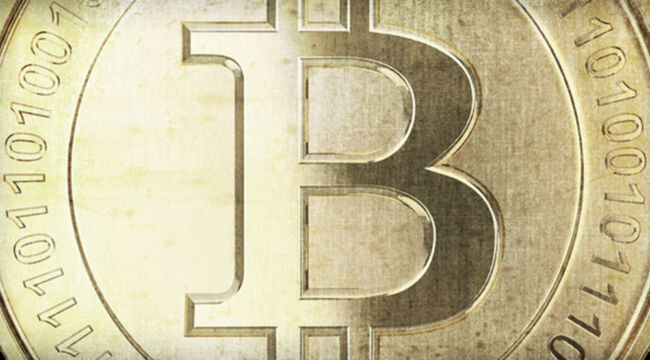EXPOSED: The Bitcoin Fraud
Bitcoin crashed from $20,000 in 2017 all the way to $3,300 by December 2018 — an 83.5% collapse in one year and the greatest recorded asset price collapse in history.
That crash marked the collapse of the greatest asset price bubble in history, larger even than the Tulipmania of 1637.
Well, now Bitcoin is trading around $50,000 (the price currently is $48,595.50), 2.5 times its 2017 peak.
It’s a safe bet that it’s going to crash again. Today I’ll show you the fraud behind Bitcoin’s crazy run-up.
You don’t need a Ph.D. in finance to see that Bitcoin is a bubble. Just take a look at any price chart. The time series of prices over the past six months has been hyperbolic and almost vertical.
If you look at a chart of the Japanese Nikkei Index up to late 1989 or the NASDAQ Composite up until March 2000, you’ll see exactly the same pattern.
The Nikkei crashed over 80% beginning in 1999, and now, 32 years later, it still has not recovered its old highs. The NASDAQ crashed over 75% and did not recover its old high until April 2015, a 15-year recovery.
Bitcoin is positioned for the same kind of fall.
Based on the Nikkei and NASDAQ crashes, Bitcoin could fall from $50,000 to $10,000 or lower before establishing a new base. Still, there is one important difference between the Nikkei and NASDAQ bubbles and the new Bitcoin bubble.
The Nikkei and NASDAQ bubbles were based on a combination of investor mania, leverage and hyped-up earnings releases from companies in the index. But, there was relatively little outright fraud.
In contrast, the Bitcoin bubble is based almost entirely on fraud. Therefore, when this bubble bursts, the damage may be even greater, and the value of Bitcoin may disappear entirely.
Here’s an example of how the fraud works, as described in a legal notice from the New York State Attorney General…
A company called Bitfinex sponsors a cryptocurrency called Tether. This crypto is a so-called “stablecoin.” This means that the value of one Tether is fixed at $1.00.
When you buy a Tether for $1.00, the money is supposedly held in safe liquid assets. When you cash in your Tether, you should receive $1.00 in return (less small transaction costs).
The problem is that no one has been able to locate the liquid assets that supposedly back Tether. There has been no full audit, and there is no transparency about the whereabouts or composition of the liquid assets backing the coin.
Tether claims that its dollar reserves are held in a Bahamian bank named Deltec Bank & Trust. But independent research revealed that the assets claimed by Tether exceed the total U.S. dollar assets of the entire Bahamian banking system.
Other research shows that those who buy Tether use them overwhelmingly to buy Bitcoin from unregulated crypto-exchanges based in Africa and Asia. These exchanges offer leverage and often award “free” Tether coins for those who bring in new customers.
These Tethers have been used to bid up the price of Bitcoin and create the bubble.
Meanwhile, the dollars supposedly backing Tether are unaccounted for. If this process were to go in reverse, which it inevitably will, the Bitcoin values would collapse quickly (because of leverage) and Tether would be unable to redeem retreating Bitcoin investors (because of the unaccounted-for liquid assets).
The Tether crooks would walk away with dollars. The prices of Bitcoin and Tether would collapse catastrophically. And the Bitcoin “investors” would walk away empty-handed. This is not just a spectator sport for prudent investors.
The types of losses arising from a Bitcoin collapse would easily spill over into the brokerages and banks handling the accounts of investors who would be eager to sell everything because they’d be desperate to raise cash and avoid further losses.
Because the shady Bitcoin and Tether exchanges are unregulated, there is perhaps little that can be done to avoid this coming fiasco.
I would advise you to stay far away from Bitcoin. Don’t get sucked in by the hype. Sadly, some people never learn. And many will probably get burned all over again.
Investors should at least be alert to the potential collapse by increasing their cash allocations to help weather the storm.
Below, I show you why, when it comes to Bitcoin, “there’s no there there.” Read on.
Regards,
Jim Rickards
for The Daily Reckoning



Comments: